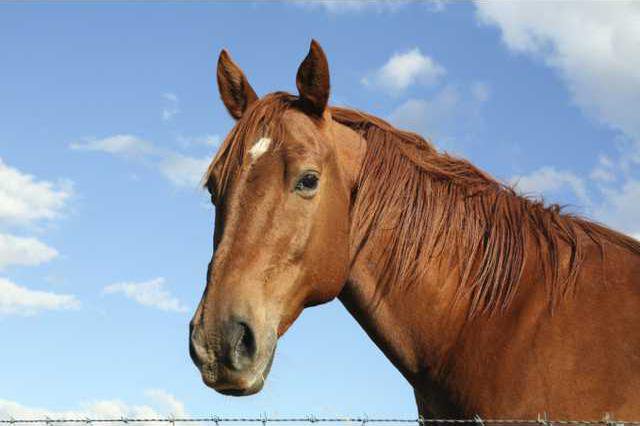Fables are an interesting thing.
They start from a kernel of truth, and then, after years of retelling, they swell and grow and take on a life of their own.
Take the story of Paul Bunyan and his ox, Babe, for example. Who ever heard of a blue ox?
But Bunyan was real, once, according to the Paul Bunyan Scenic Byway Association. He was a burly logger in Canada who fought against the English monarchy in the mid-1800s, the association says. Stories of him grew and spread into the United States, and after years of the tale spinning around Midwestern campfires, Paul and Babe were re-appropriated to be American.
Not surprising.
And then there’s Johnny Appleseed, who traveled the country, sprouting apple trees everywhere he went. His story is based in truth, too.
According to a 2012 story on NPR about Appleseed’s authenticity, Johnny’s real name was John Chapman. He, too, lived in the 1800s, and his dream really was to travel west and plant apple trees. When an Ohio settler encountered Chapman on his journey, the NPR story says, the apple enthusiast really did have a tin pot on his head. That didn’t do much to help Appleseed’s eccentric image.
And then there is my great-grandfather, Charles Mehew.
Growing up, I heard stories about the man who snuck into the 1893 Oklahoma Land Run before it started (a story for another day) and was so much the pride and joy of his tiny Oklahoma town, they even hosted parades for him.
I’d heard wisps of the stories, enough to float around in my head, enough to be embellished and added upon until they became a fable in my mind. But it wasn’t until my grandmother’s death in 2006 that I realized all of the stories I’d heard were about the same person — my grandmother’s father. Hearing my uncle talk about Charles Mehew like he was a real person — and to my uncle, his grandfather very much was a real person — made my great-grandfather that much more real to me. Suddenly, his life, from 1870-1956, didn’t seem that long ago.
So I decided to double-check one of the tall tales I remembered about him. Did I hear correctly? Did he really have a giant horse that he kept by the side of the road, waiting for farmers to come and buy the big steed?
Did he really run a scam?
The way I saw the old story play out in my mind, my great-grandfather was usually sitting in an old-fashioned rocking chair on a porch of a tiny little house on the prairies of Oklahoma. White paint is flaking off the wood of the handrail, and the sun is shining brightly overhead.
Charles has somehow inherited this big, beautiful horse that happens to be bigger than other horses. It is so big, and so attractive, any person who sees it thinks of how quickly the horse could complete all of their heavy labor on the farm, and they want it.
“How much for the horse?” a farmer walking by says to the man on the porch.
“Ten dollars,” Charles replies, shocking the farmer because it is so inexpensive.
“Ten dollars? Really?” the farmer asks, incredulously. “What’s the catch?”
The catch is simple. The horse didn’t have a tongue. The farmer would have to feed the horse by hand, Charles would say, at which point he would produce a big, long, thick, wooden spoon. It wouldn't be easy, but it would be worth it, he'd say. And with that, the farmer and the horse would go on their way.
Invariably, as the story goes, the farmer keeps the horse only for a few days. After realizing how much a horse that size eats, and how hard it is to feed it by spoon, he changes his mind and brings the horse back to Charles’ door. My great-grandfather then offers to buy the horse back, for $5.
He bought and sold the horse so many times, his business became quite profitable.
And over the years, the tale has become quite interesting and entertaining. I checked with my mother, and most of it is true, except he wasn’t sitting on his front porch. He was at the county fair.
And the horse was blue.
Amy Choate-Nielsen is a full-time mom and part-time writer. She spends her days at the park and her nights at the computer. She writes about family history and her quest to understand life while learning about her deceased grandmother, Fleeta.





